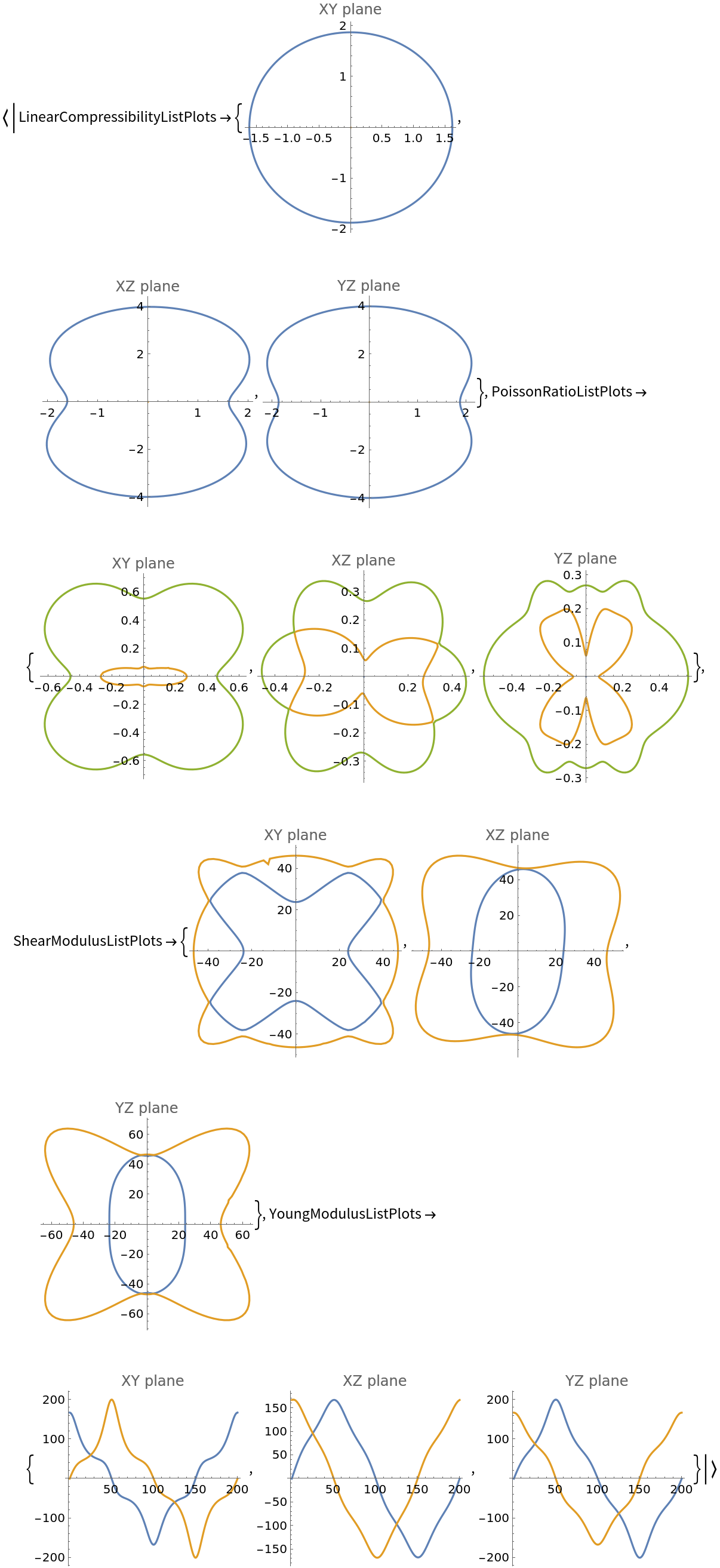Details and Options
ResourceFunction["ElasticData"] returns a combined association of elastic properties available in the Python packages mechelastic.core.ELATE and mechelastic.core.ElasticProperties.
If the necessary Python dependencies are not installed, the first invocation of
ResourceFunction["ElasticData"] can take longer than usual as the function attempts to install the necessay packages automatically, using the the resource function
PythonEvaluateWithDependencies.
Should the automatic installation fail for some packages, it might still be possible to install the packages manually using the resource function
PythonPackageInstall.
The input stiffness matrix m is also called the elastic tensor.
The specified material parameters params can be one of the following:
| {m,atoms,fc,lm} | a list of the stiffness matrix m, the list of atoms, their fractional coordinates fc and lattice matrix lm |
| {m,sassoc} | the stiffness matrix m and an association of the structural parameters sassoc |
| passoc | parameters given as an association |
sassoc must contain the keys
"Atoms",
"FractionalCoordinates" and
"LatticeMatrix" or be given in the form of the
"structure" property association as returned by the Function Repository item
MaterialsProjectData.
passoc can be given in the form of an association returned by
MaterialsProjectData, in which case it must contain the
"elasticity" and
"structure" properties.
The argument
prop can be a string representing one of the available properties:
Automatic to give most of the basic properties,
Full to give all the available basic properties or
All to give an association of most of the basic properties along with the properties corresponding to property plots.
When combining properties obtained from the underlying Python packages,
ResourceFunction["ElasticData"][params,Automatic] omits duplicate properties that are available under different names, whereas
ResourceFunction["ElasticData"][params,Full] returns all the available basic properties.
For properties corresponding to plots,
propi can be given in the form
{"namei",opts…}, where
opts can be options settings for
ListPlot.
ResourceFunction["ElasticData"]["Properties"] gives a list of the available property names.
ResourceFunction["ElasticData"]["PropertyRules"] provides a mapping between the curated property names and the underlying Python-side names.
ResourceFunction["ElasticData"][…,session] avoids the overhead of opening a new Python session for every successive call.
ResourceFunction["ElasticData"] accepts the option "PrintOutput" that controls how the print output from the Python evaluations should be handled:
| True | allow print output |
| False | suppress print output (default) |
| Automatic | pass through print output |
ResourceFunction["ElasticData"][…,"PrintOutput"→Automatic] appends the contents of print statements to the returned association in the form
"Comments"→comments.
![( data = ResourceFunction[
"ElasticData"][{{182, 57, 60, 11, 0, 0}, {57, 182, 60, -11, 0, 0}, {60, 60, 208, 0, 0, 0}, {11, -11, 0, 49, 0, 0}, {0, 0, 0, 0,
49, 11}, {0, 0, 0, 0, 11, 62}}]) // Short](https://www.wolframcloud.com/obj/resourcesystem/images/1a0/1a071159-4001-4aee-91aa-51c996006d8b/59572a9f24061d9a.png)

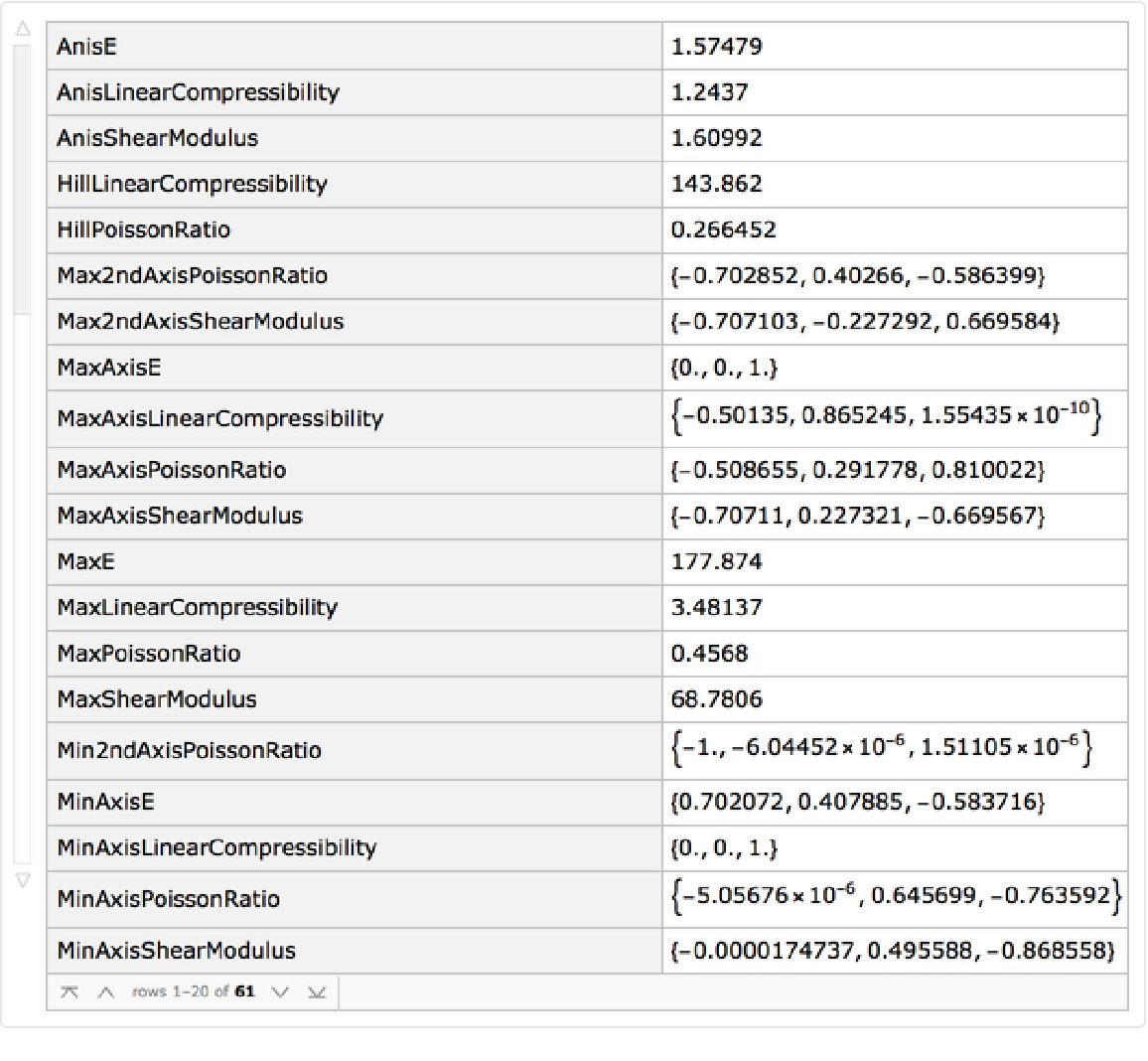
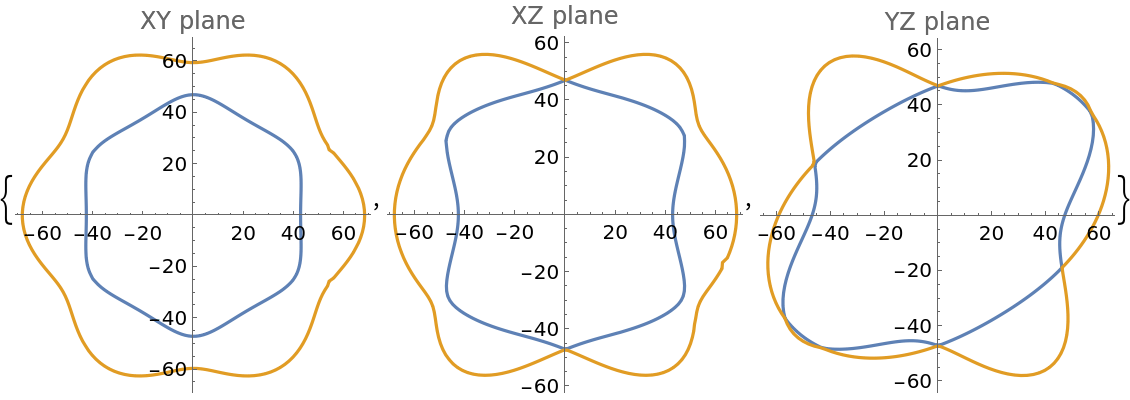
![ResourceFunction[
"ElasticData"][{{182, 57, 60, 11, 0, 0}, {57, 182, 60, -11, 0, 0}, {60, 60, 208, 0, 0, 0}, {11, -11, 0, 49, 0, 0}, {0, 0, 0, 0, 49, 11}, {0, 0, 0, 0, 11, 62}}, {"MinShearModulus", "MaxShearModulus"}]](https://www.wolframcloud.com/obj/resourcesystem/images/1a0/1a071159-4001-4aee-91aa-51c996006d8b/0b798e69d733e4dc.png)

![ResourceFunction[
"ElasticData"][{{182, 57, 60, 11, 0, 0}, {57, 182, 60, -11, 0, 0}, {60, 60, 208, 0, 0, 0}, {11, -11, 0, 49, 0, 0}, {0, 0, 0, 0, 49, 11}, {0, 0, 0, 0, 11, 62}}, {"ShearModulusListPlots", PlotStyle -> {{Green, Thick}, {Blue, Dashed}}}]](https://www.wolframcloud.com/obj/resourcesystem/images/1a0/1a071159-4001-4aee-91aa-51c996006d8b/24dab865158b6cc7.png)
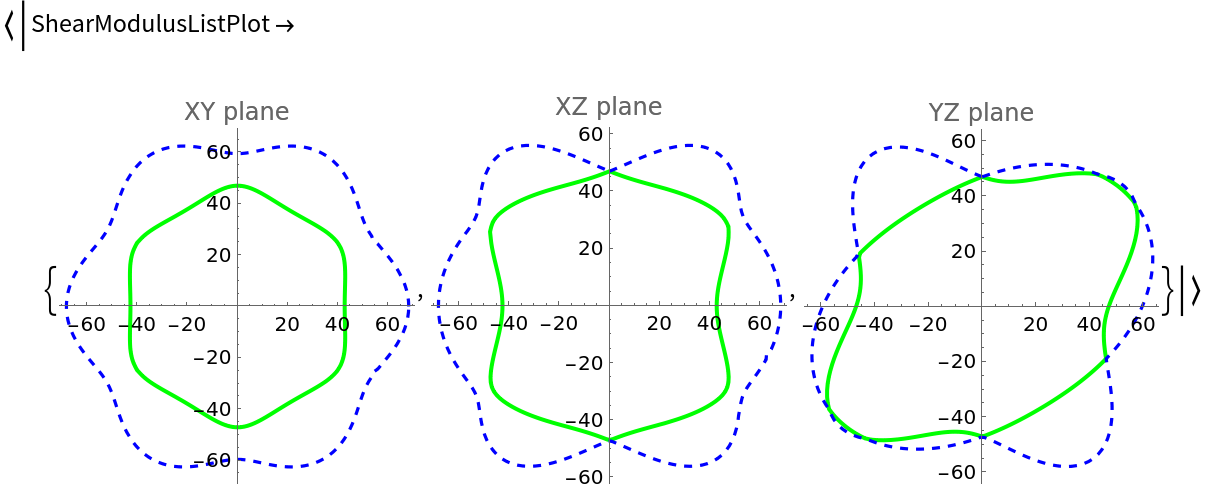
![ResourceFunction[
"ElasticData"][<|"ElasticTensor" -> m, "Atoms" -> atoms, "FractionalCoordinates" -> fractionalCoordinates, "LatticeMatrix" -> latticeMatrix|>] === ResourceFunction[
"ElasticData"][{m, <|"Atoms" -> atoms, "FractionalCoordinates" -> fractionalCoordinates, "LatticeMatrix" -> latticeMatrix|>}] === %](https://www.wolframcloud.com/obj/resourcesystem/images/1a0/1a071159-4001-4aee-91aa-51c996006d8b/7109645f0c283fd0.png)

![ResourceFunction[
"ElasticData"][{{182, 57, 60, 11, 0, 0}, {57, 182, 60, -11, 0, 0}, {60, 60, 208, 0, 0, 0}, {11, -11, 0, 49, 0, 0}, {0, 0, 0, 0, 49, 11}, {0, 0, 0, 0, 11, 62}}, "YoungModulusListPlots", session]](https://www.wolframcloud.com/obj/resourcesystem/images/1a0/1a071159-4001-4aee-91aa-51c996006d8b/4e99afb5007ec111.png)

![ResourceFunction[
"ElasticData"][{{182, 57, 60, 11, 0, 0}, {57, 182, 60, -11, 0, 0}, {60, 60, 208, 0, 0, 0}, {11, -11, 0, 49, 0, 0}, {0, 0, 0, 0, 49, 11}, {0, 0, 0, 0, 11, 62}}, "ShearModulusListPlots", session]](https://www.wolframcloud.com/obj/resourcesystem/images/1a0/1a071159-4001-4aee-91aa-51c996006d8b/002e8d3b557124c6.png)
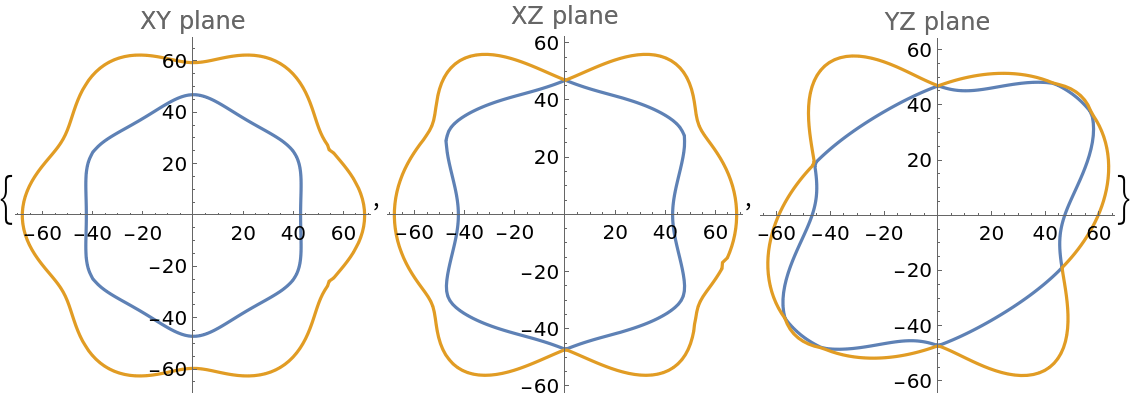

![m = First[
Flatten[Values[
ResourceFunction["MaterialsProjectData"]["mp-1595", "elasticity",
session]]]]["elastic_tensor"]](https://www.wolframcloud.com/obj/resourcesystem/images/1a0/1a071159-4001-4aee-91aa-51c996006d8b/6368baa9e7dad553.png)
